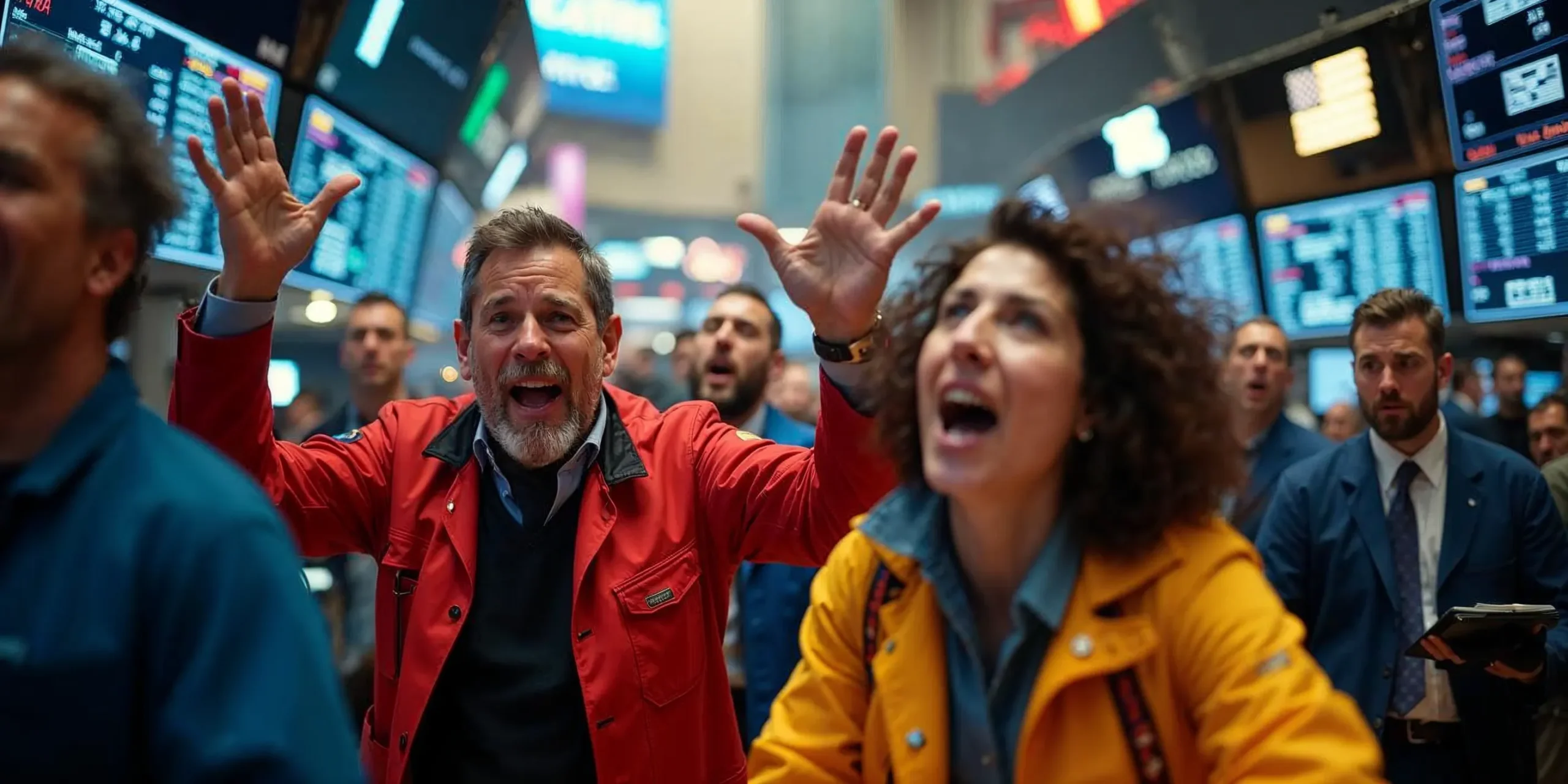Oil Shocks and Safe-Haven Stampedes: Decoding the Immediate Market Fallout of Israel’s 13 June Strike on Iran
Oil Shocks and Safe-Haven Stampedes: Decoding the Immediate Market Fallout of Israel’s 13 June Strike on Iran
The Middle East woke up to a radically altered risk landscape on 13 June 2025 after Israel launched “Operation Rising Lion,” a coordinated wave of air- and cyber-attacks on Iranian nuclear-enrichment and missile sites. The Guardian confirmed a direct hit on Natanz and the reported deaths of senior IRGC commanders and nuclear scientists, with Tehran retaliating by launching roughly one hundred drones toward Israel and vowing a “harsh, symmetrical response.” Financial markets, already nursing anxiety over soft U.S. macro data and fractious U.S.–China trade talks, recoiled instantly: investors tore up last week’s playbooks and re-priced global risk within hours.
Crude oil as the first responder. Energy traders instinctively drew a straight line from explosions in Isfahan to potential chokepoints at Hormuz. Brent futures catapulted almost 9 percent—adding roughly $6 to settle near $75.36/bbl—while WTI spiked a similar $6.16 to $74.20/bbl before European desks even opened. The move is as much about expected supply disruptions as it is about “precautionary gamma”: perpetual optionality embedded in crude options that forces dealers to buy futures as volatility explodes. Notably, implied vols on front-month Brent swelled beyond forty-vol for the first time since the October 2023 Hamas attack, suggesting traders are hedging not only immediate output loss but a protracted kinetic spiral that might endanger Hormuz’s ~17 mbpd throughput.
Natural-gas vulnerability emerges as a shadow theme. A MarketWatch deep dive reminded investors that any Iranian counter-strike could target Israel’s offshore Leviathan and Tamar fields—together supplying over 40 percent of Israeli gas and acting as a back-door LNG valve for Europe via Egypt. Traders marked up TTF winter-25 contracts by nearly 12 percent intraday, even though physical flows remain unaffected; the price action underscores Europe’s fraught reliance on a Mediterranean corridor that is now geopolitically accident-prone.
Safe-haven metals bid aggressively. Gold ripped through the psychologically resonant $3,400/oz handle, printing $3,427 intraday—its highest since late April—and finishing the Asian session up 1.3 percent. Market chatter points to systematic CTA overlays adding length once spot breached the 40-day rolling high, compounding discretionary flight-to-quality flows from real-money allocators worried about weekend gap risk. Silver lagged but still added almost 2 percent, and the gold-to-oil ratio—an oft-cited barometer of macro stress—compressed to 45×, a level historically consistent with stagflation scares.
U.S. rates stage a classic duration rally. Ten-year Treasury yields traced a knee-jerk tumble to a one-month low around 4.31 percent as risk-parity and vol-targeting funds slashed equity beta and recycled proceeds into duration. The convexity grab was magnified by thin summer Asian liquidity and algos keying off entrenched cross-asset correlations: every one-point uptick in the MOVE index has recently shaved roughly 4 bp off the ten-year yield, and MOVE exploded through 120 on the headline.
Equities suffer an indiscriminate de-risking. S&P E-mini futures slumped 1.7 percent while Nasdaq 100 contracts shed 1.8 percent, erasing about $590 bn in notional market cap before the U.S. cash session. Asia Pacific bourses echoed the pain—Japan’s Nikkei lost 1.3 percent and Korea’s KOSPI 1.1 percent—as VAR and risk-budget limits forced regional long-only managers to sell first and ask questions later. Energy equities initially showed relative resilience, but correlation beta pulled even super-majors lower by mid-session as portfolio-level VaR shock absorbers overwhelmed idiosyncratic earnings support.
FX tells a more nuanced story. The Bloomberg Dollar Index popped 0.5 percent to 1,268, driven less by pure haven flows than by leveraged-fund deleveraging in higher-beta crosses. The Swiss franc and Japanese yen outperformed—the franc firmed ~0.4 percent to 0.807 per dollar while USD/JPY slipped to 143.1—as their negative-beta correlations with VIX reasserted. Interestingly, the euro’s sell-off was restrained, suggesting the ECB’s pending rate-cut path—and Europe’s energy exposure—are now overshadowed by the Fed’s own dovish repricing on cooling U.S. data.
Crypto fails to pass the haven test—again. Bitcoin cratered more than 4 percent to $103,556, wiping out a fortnight’s worth of grind-higher liquidity and triggering $1.2 bn in cross-exchange liquidations. Options desks reported a rush into weekly 90K strike puts, pushing skew to its most bearish tilt since the Nov-24 ETF approval sell-off. The episode reinforces a pattern: when the VIX roars above 30 and crude volatility spikes, BTC trades like a high-beta risk asset, not digital gold.
Cross-asset volatility reprices funding and hedging costs. With gold, crude and rates all flashing double-digit annualized vol jumps, traders confronted an overnight surge in cross-gamma and a spike in USD funding premiums. FRA-OIS widened 4 bp, reflecting both scarcity of high-grade collateral and dealer balance-sheet constraints. Hedging has become materially more expensive: at-the-money S&P three-day options re-rated from 9 vol to 17 vol, a 90 percent premium, underscoring how quickly risk budgets can be strained when geopolitics collides with already-stretched positioning.
Second-order risks loom. Attention will pivot to tanker insurance and air-cargo re-routing. War-risk premia on VLCCs transiting Hormuz approached $650k—double Wednesday’s quote—raising delivered-cost benchmarks for Asian refiners. Airlines diverted flights from Iranian and Israeli airspace within hours, which historically inflates jet-fuel demand as carriers add nautical miles to avoid no-fly zones. If drones or missiles stray toward Qatar’s North Field or Saudi oil infrastructure, we could see a synchronized spike across LNG freight and petrochemical feedstocks.



